What is polio and why is it back?
What is polio? Why are health authorities worried? What are its symptoms? Polio was one of the most feared diseases in the early 1900s.
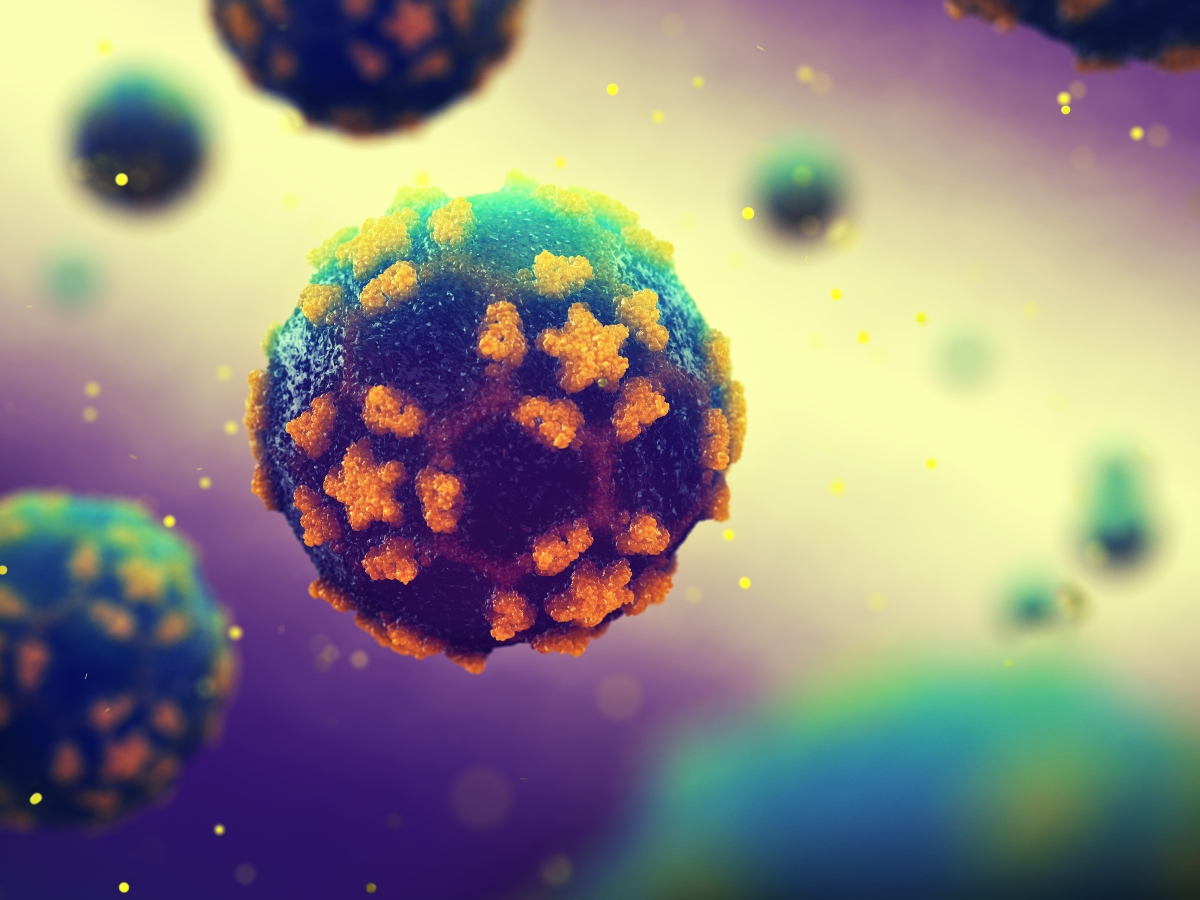
- What is polio?
- Why are health authorities worried?
- What are the symptoms of polio?
POLIO IS BACK? Polio, or poliomyelitis, was one of the most feared diseases in the early 1900s and led to a rapid investigation to determine its degree of contagion. From that moment on, infections were studied and recorded until the first polio vaccine was developed in 1955.
At various times in history, this disease has cropped up and currently, the concerns about polio in the US have surfaced again because authorities have warned that it has been found in wastewater in New York City.
WHAT IS POLIO?
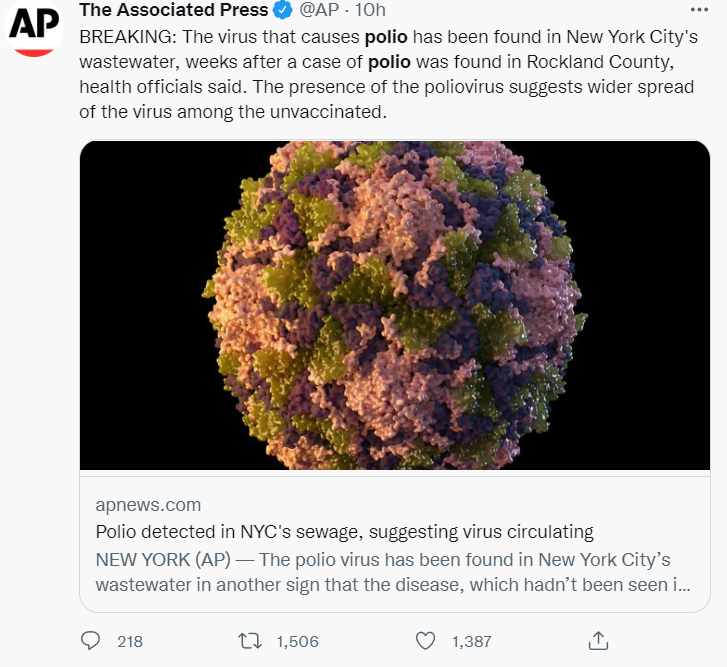
Polio is a highly contagious disease that could become life-threatening because it can lead to meningitis and paralysis. The Centers for Disease Control and Prevention website specifies what the disease is and who is usually most affected by it.
“Poliomyelitis is a disabling and life-threatening disease caused by the poliovirus,” the CDC states. This disease mainly affects children under five years of age and is considered highly infectious. For this reason, the authorities ask the population to vaccinate children.
How is polio spread?
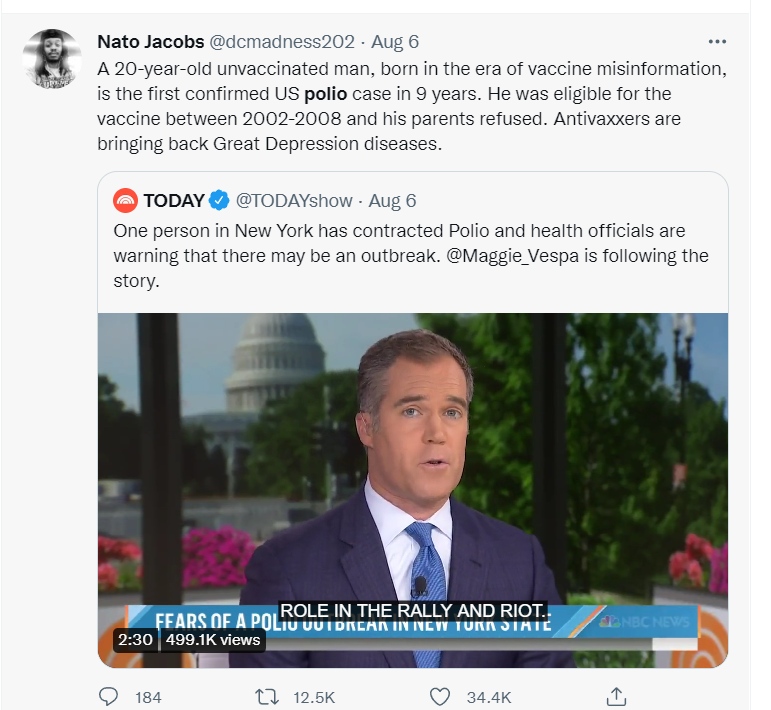
Polio is a virus that can be transmitted from person to person and, in most cases, the disease is spread through contaminated water. For this reason, the fact that the New York authorities traced samples of the virus in their wastewater set off alarms and a campaign to prevent the spread of the disease that attacks the nervous system began.
“The polio virus is spread from person to person, usually through contaminated water. The disease attacks the nervous system and, in some cases, leads to paralysis,” Rotary stated. Although there is no cure, polio can be prevented by vaccinating children at an early age.
What are the symptoms of polio?

CDC records show that symptoms of illness usually last for 2 to 5 days and then go away on their own. However, people should understand that the symptoms of the disease are similar to those of the flu, ranging from sore throat to nausea.
“Most people who become infected with poliovirus have no visible symptoms. About 1 in 4 people (or 25 in 100) with poliovirus infection will have flu-like symptoms, which may include: Sore throat, fever, fatigue, nausea, headache and stomach pain,” the CDC reported.
How does polio become more serious?
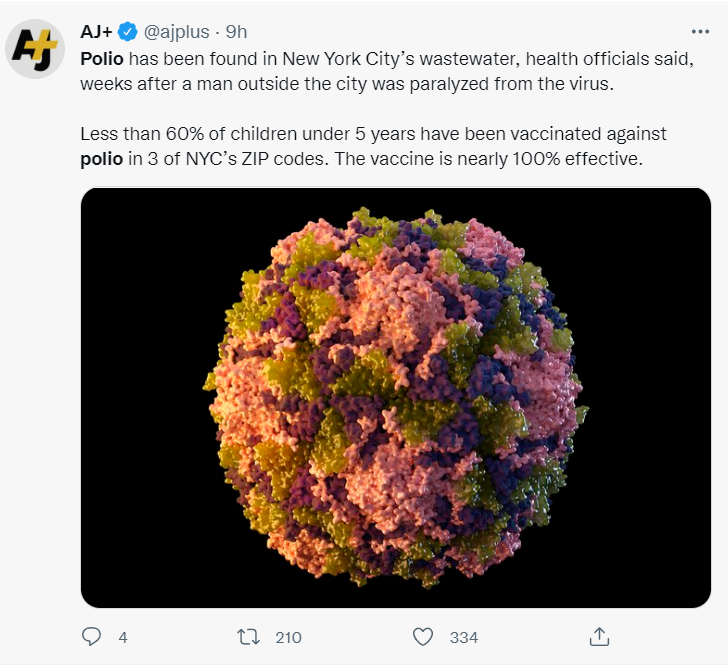
One in a hundred people could get a poliovirus infection which can end up developing into even more severe symptoms than expected. These symptoms could affect the brain and spinal cord. Likewise, one of the side effects of the infection is permanent disability, paralysis and, of course, death.
“A smaller proportion of people with poliovirus infection will develop other, more serious symptoms that affect the brain and spinal cord. Paralysis is the most serious symptom associated with poliovirus because it can lead to permanent disability and death,” the CDC researchers noted. Filed Under: What is polio
How can we prevent polio?
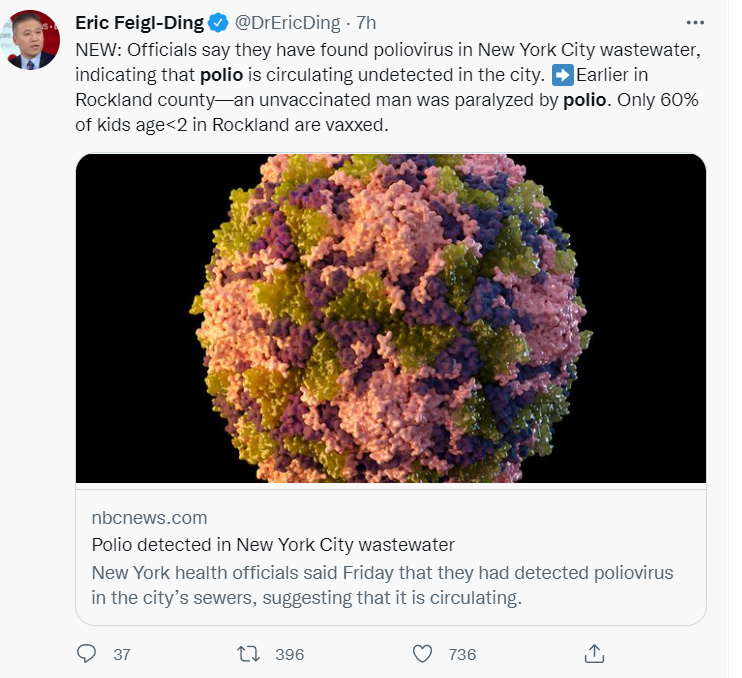
The Centers for Disease Control and Prevention stated that there are two ways to prevent polio. One of them is the inactivated vaccine which is administered with an injection in the leg or arm. The oral vaccine is also commonly used around the world.
“There are two types of vaccines that can prevent polio: Inactivated poliovirus vaccine (IPV) given as an injection in the leg or arm, depending on the age of the patient. Only IPV has been used in the United States since 2000. The oral poliovirus vaccine (OPV) is still used in much of the world,” authorities stated. Filed Under: What is polio .
 Related post
Related post





